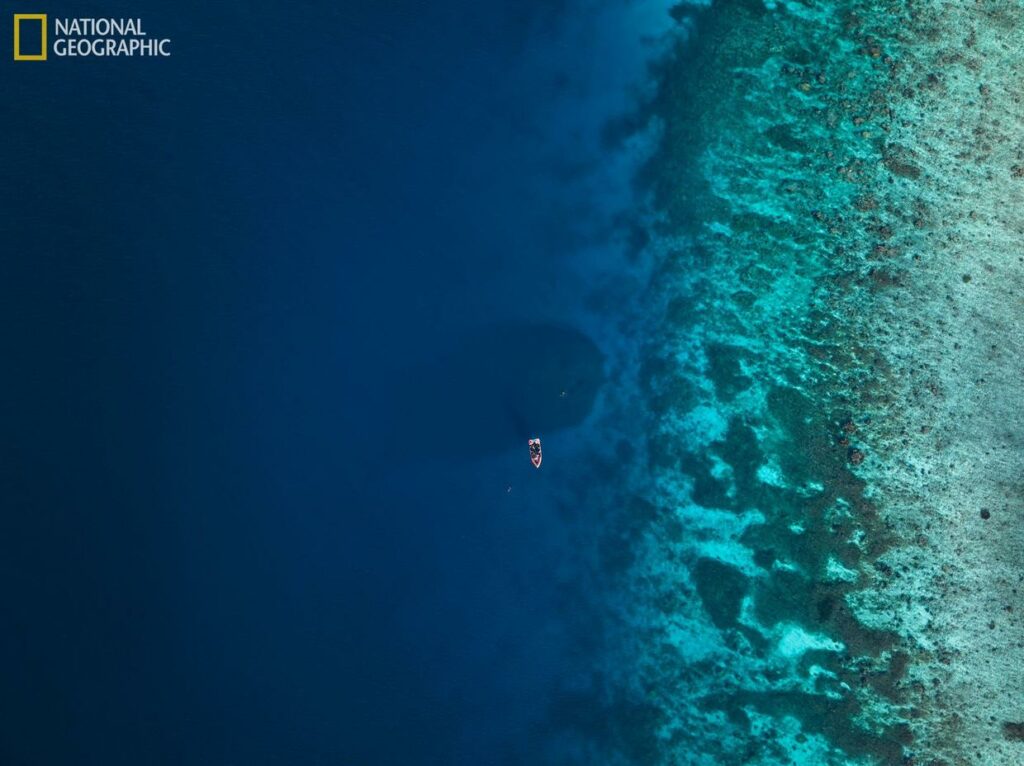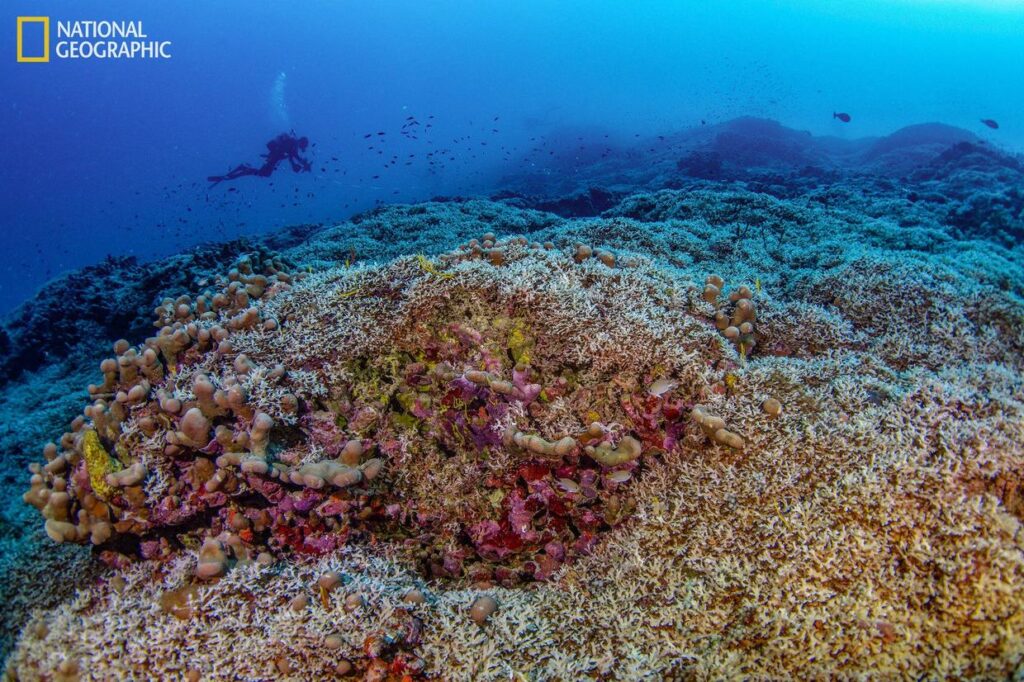The Discovery
On November 14, 2024, scientists announced the discovery of the world’s largest coral, a mega coral located near the Solomon Islands in the Pacific. This colossal coral, formed from a complex network of tiny coral polyps, has been growing for approximately 300 years.
The discovery was made by a National Geographic team during a scientific expedition in the region. Initially, the coral was mistaken for a shipwreck due to its immense size, measuring about 111 feet wide and 104 feet long. This mega coral is three times bigger than the previous record holder, known as ‘Big Momma’ in American Samoa.
Ecological Significance
This mega coral is not only remarkable for its size but also for its health and vitality in an era where many corals are suffering from bleaching due to warmer and more acidic oceans. The discovery offers a glimmer of hope for marine ecosystems, particularly in the Solomon Islands, which are known for their ecological diversity.
The Solomon Islands’ lush rainforests and pristine waters have long been celebrated, and this finding underscores the importance of protecting these marine resources. The national climate minister of the Solomon Islands emphasized the need to protect this special place, given the economic and ecological reliance on marine resources.

Implications and Future Research
The discovery of this mega coral highlights the richness of marine life and the ocean ecosystem. It opens doors to further scientific research aimed at better understanding biodiversity and the planet’s ecological health. As representatives from around the world meet for the COP29 United Nations summit on climate change, this finding serves as a timely reminder of the need for continued conservation efforts.
The research team noted that while nearby shallow reefs were degraded due to warmer seas, this healthy coral oasis in slightly deeper waters is a beacon of hope. More scientific research is needed to understand and protect such ecosystems.
Sources: CBS News
Cover photo from Manu San Félix/National Geographic Pristine Seas
